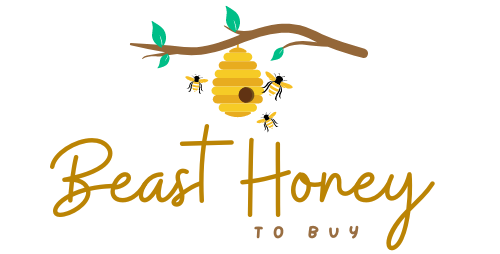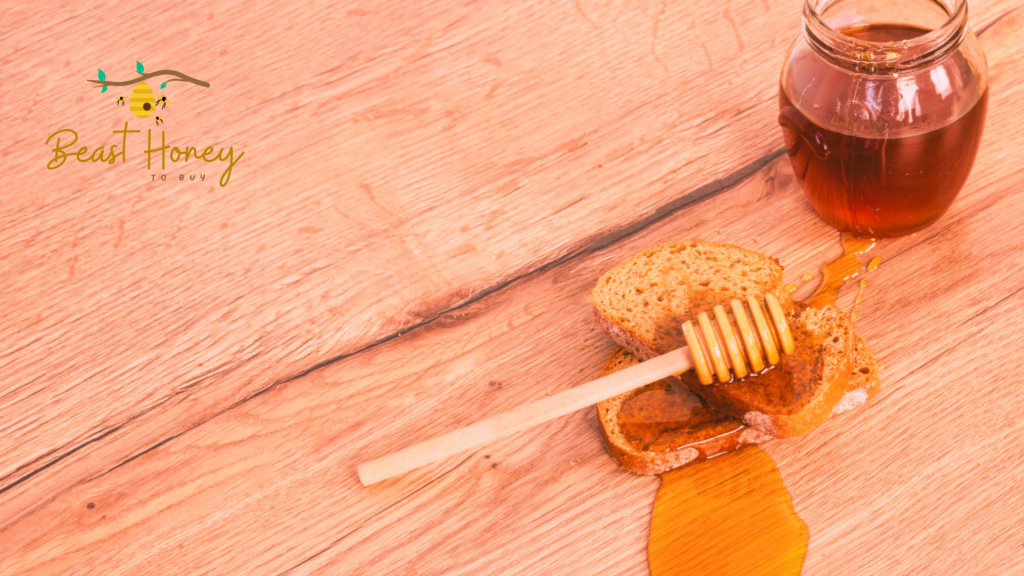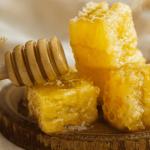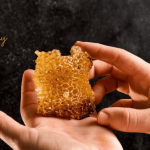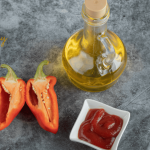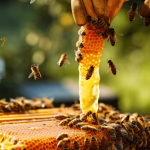Honey is a pantry staple. It sweetens tea, boosts recipes, and offers health benefits. But buying honey can hit your wallet hard.
Should you grab retail jars from the grocery store or go for bulk honey? Both have pros and cons, but which saves more money? This guide breaks it down in simple terms.
We’ll compare costs, quality, and convenience to help you decide. Let’s dive in!
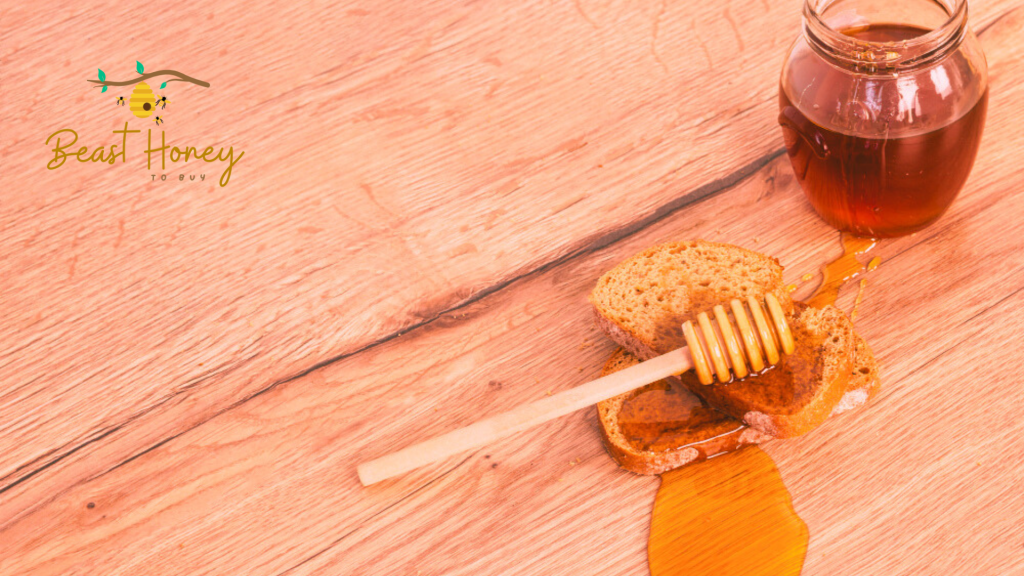
Why Honey Costs Vary
Honey prices depend on several factors. Raw or organic honey costs more than processed. Local honey might be pricier than mass-produced brands.
Packaging and sourcing also play a role. Retail jars are convenient but often have higher markups.
Bulk honey skips some of these costs but requires planning. Understanding these differences helps you save.
What Is Bulk Honey?
Bulk honey comes in large containers. Think 5-pound jugs, 40-pound pails, or even 600-pound drums. It’s sold by beekeepers, wholesalers, or online suppliers.
Bulk honey is often raw or minimally processed. It’s popular with businesses, bakers, or honey lovers who use it often. The bigger the quantity, the lower the price per ounce.
What Are Retail Jars?
Retail jars are the small honey containers you see in stores. They range from 8 ounces to 2 pounds. Brands like Sue Bee or local artisans fill supermarket shelves.
These jars are ready to use and easy to store. But they come with higher costs due to packaging, branding, and store markups.
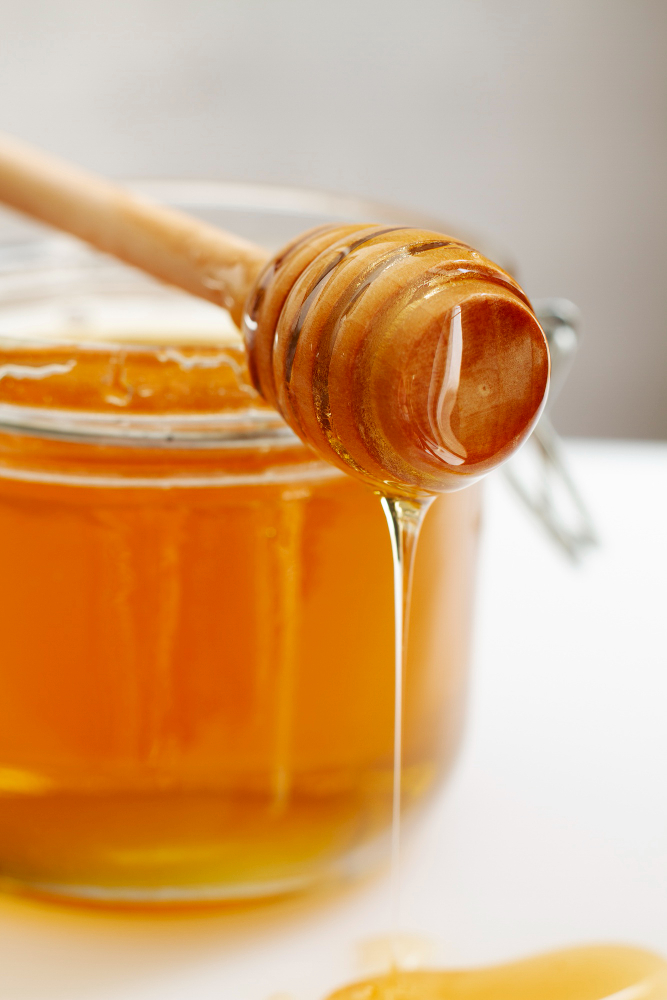
Comparing Costs: Bulk vs. Retail
Let’s get to the numbers. Cost per ounce is the best way to compare. Prices vary by region and supplier, but here’s a typical breakdown.
Retail Jars Cost
- 12-ounce jar: $6–$10 (50–83 cents per ounce).
- 1-pound jar (16 ounces): $8–$14 (50–87 cents per ounce).
- 2-pound jar (32 ounces): $15–$25 (47–78 cents per ounce).
Retail jars average 50–80 cents per ounce. Organic or raw honey leans toward the higher end.
Bulk Honey Cost
- 5-pound jug (80 ounces): $25–$40 (31–50 cents per ounce).
- 40-pound pail (640 ounces): $120–$200 (19–31 cents per ounce).
- 60-pound pail (960 ounces): $150–$250 (16–26 cents per ounce).
Bulk honey averages 16–50 cents per ounce. Larger quantities drop the price significantly.
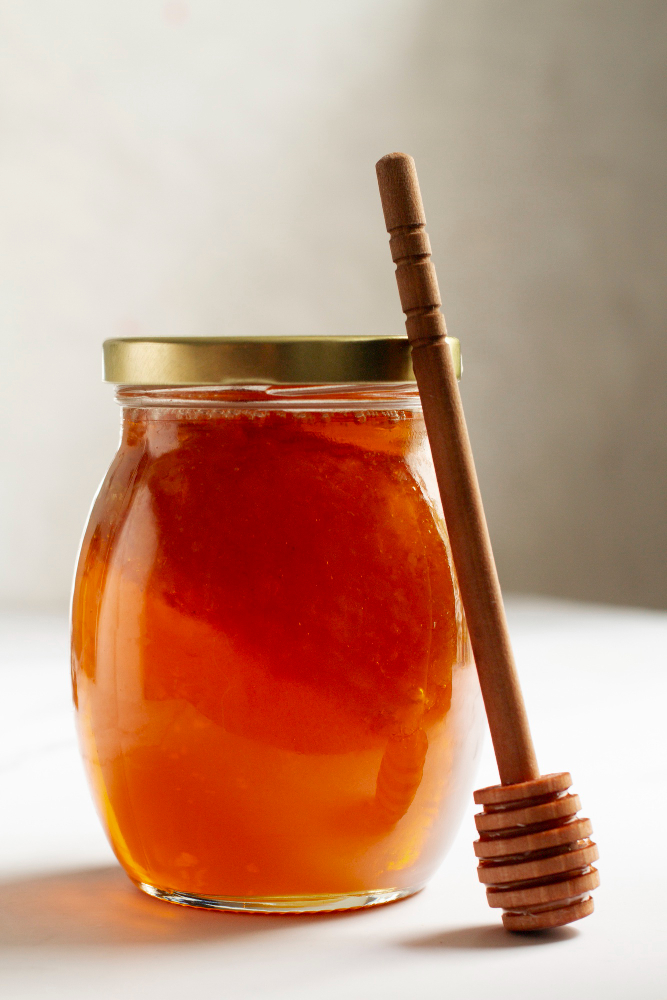
Quick Math Example
Suppose you use 10 pounds (160 ounces) of honey a year. With retail jars, you might buy ten 1-pound jars at $10 each. That’s $100 total, or 62.5 cents per ounce. With a 40-pound pail at $160, you pay 25 cents per ounce. For 10 pounds, that’s $40—a $60 savings! Bulk wins here, but let’s explore other factors.
Pros and Cons of Bulk Honey
Bulk honey sounds like a steal, but it’s not for everyone. Here’s a closer look.
Pros of Bulk Honey
- Lower Cost: You pay less per ounce, especially with larger quantities.
- Fewer Trips: One big purchase lasts months or years.
- Quality Options: Bulk often comes raw or organic from trusted beekeepers.
- Eco-Friendly: Less packaging reduces waste.
Cons of Bulk Honey
- Upfront Cost: A $150 pail is a big investment.
- Storage Needs: You need space and proper containers to avoid crystallization.
- Risk of Waste: If not stored right, honey can spoil or crystallize.
- Less Convenience: Scooping from a pail isn’t as easy as squeezing a jar.
Pros and Cons of Retail Jars
Retail jars are familiar, but are they worth it? Let’s weigh the benefits and downsides.
Pros of Retail Jars
- Convenience: Easy to buy, store, and use with squeeze bottles or small jars.
- Low Upfront Cost: A $10 jar fits any budget.
- Variety: Choose from many brands, flavors, or sizes at the store.
- No Storage Hassle: Small jars fit in any pantry.
Cons of Retail Jars
- Higher Cost: You pay more per ounce due to markups.
- More Waste: Lots of plastic or glass jars pile up.
- Quality Varies: Some store brands are processed or diluted.
- Frequent Shopping: You’ll need to restock often if you use honey a lot.
Who Should Buy Bulk Honey?
Bulk honey is best for certain people. It’s a money-saver if you
- Use honey often (baking, cooking, or business needs).
- Have storage space for large containers.
- Can afford the upfront cost.
- Prefer raw or organic honey from trusted suppliers.
Examples: A café owner buying 40 pounds for drinks and desserts. Or a home baker using 5 pounds a month for cookies.
Who Should Stick with Retail Jars?
Retail jars suit others better. They’re ideal if you:
- Use honey sparingly (a drizzle in tea now and then).
- Lack storage space for big containers.
- Want convenience over cost savings.
- Prefer trying different brands or flavors.
Example: A busy parent grabbing a 12-ounce jar for occasional recipes.
Hidden Costs to Consider
Price per ounce isn’t the whole story. Other costs affect your savings.
Bulk Honey Hidden Costs
- Storage Supplies: You might need food-grade buckets or jars ($10–$50).
- Shipping: Online bulk orders can have high shipping fees ($15–$50).
- Waste Risk: Improper storage could ruin some honey, losing money.
Retail Jars Hidden Costs
- Time and Travel: Frequent store trips add up in gas or time.
- Premium Brands: Organic or local jars cost more per ounce.
- Packaging Waste: You might pay for recycling or disposal in some areas.
Factor these in when choosing.
Quality Comparison
Cost matters, but so does quality. Bulk honey often comes from beekeepers or wholesalers. It’s raw, unfiltered, and packed with nutrients. Retail jars vary widely. Some are raw and organic, but many are heated or mixed with syrup. Check labels for “raw” or “unfiltered.” For bulk, ask suppliers for lab tests or certifications like USDA Organic.
Storage Tips for Savings
Proper storage prevents waste, saving you more. Here’s how to store each type
Bulk Honey Storage
- Use Airtight Containers: Food-grade plastic or glass keeps honey fresh.
- Store at 70–80°F: Avoid cold (crystallizes) or heat (degrades).
- Keep It Dark: Light can affect flavor. Use a pantry or cover containers.
- Divide into Smaller Jars: Reduces air exposure when scooping.
Retail Jars Storage
- Keep Sealed: Store in the pantry, not the fridge.
- Use Quickly: Smaller jars spoil faster once opened.
- Check for Leaks: Squeeze bottles can leak, wasting honey.
Good storage stretches your dollar, especially with bulk.
Real-Life Example: My Honey Choice
Last year, I started baking more. I was buying 1-pound retail jars for $12 each. In six months, I spent $72 on six jars. Then I tried a 5-pound jug of raw honey for $35 (online, with $10 shipping). That’s 80 ounces for $45, or 56 cents per ounce. The retail jars were 75 cents per ounce. I saved $15 for six months’ worth! The jug fits in my pantry, and I scoop it with a clean spoon. Bulk was the winner for me.
Tips to Maximize Savings
No matter which you choose, these tips help you save
- Compare Prices: Check local stores, online retailers, and beekeepers.
- Buy Seasonal: Honey is cheaper in spring or summer harvest seasons.
- Look for Deals: Retail jars often go on sale. Bulk suppliers offer discounts for large orders.
- Join Co-ops: Food co-ops sell bulk honey at lower prices.
- Store Smart: Proper storage prevents waste and extends shelf life.
Final Thoughts: Which Saves More?
Bulk honey usually saves more money. It’s cheaper per ounce, especially for heavy users. A 40-pound pail can cut costs by 50% compared to retail jars. But it requires upfront cash and storage space. Retail jars are better for light users or those prioritizing convenience. They cost more per ounce but fit small budgets and pantries.
Consider your usage, budget, and storage. If you use over 5 pounds a year, bulk is likely the winner. For occasional drizzles, stick with jars. Either way, shop smart, check quality, and store properly. Your wallet—and your taste buds—will thank you!
For more information, visit , https://besthoneytobuy.com/
